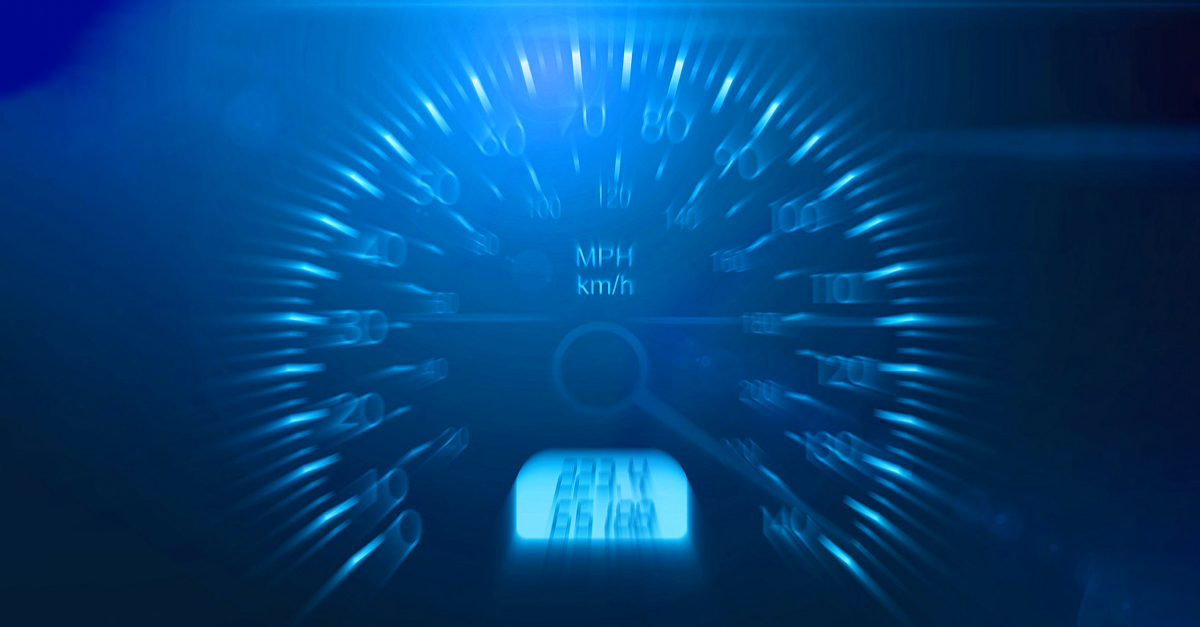New Speed Limiter Rules
On By
New vehicles released after the 6th of July in the EU will be required to come with Intelligent Speed Assistance (ISA) technology installed. The UK will not follow along at first but could end up adopting elements of the new rules further down the road.
At present, speed limiters in new cars that are linked with GPS mapping and road sign recognition, are switched off by default and need to be turned on by the driver. The new rules will make it so that these ISA systems are switched on automatically from the start of your journey.
Manufacturers will be required to build vehicles that have a system on board to let the driver know when they have breached the speed limit. This can be through vibrations, haptic feedback or by actively slowing the vehicle down.
At first, these new changes won’t force the driver to adhere to a certain speed limit, because intelligent speed limiters can be overridden, however as time passes there may be a route for further restrictions to be established if the results are positive.
These rules will only be applied to brand-new vehicles that are launching after the 6th of July, existing vehicles won’t be affected.
The changes come with the new General Safety Regulation laws that are being implemented in the EU. This package won't be actioned in the UK and it is not yet confirmed what parts, if any, will be adopted for use over here.
Regardless of whether the UK follows suit, ISA will become a common feature on our roads anyway due to manufacturers trying to simplify their building process.
How does a speed limiter work?
First of all, there are two types of speed limiters; one is adjustable and the other is intelligent.
Intelligent Speed Assistance (ISA) systems get their name because of their ability to use GPS data and sometimes traffic recognition cameras to determine the speed limit of the road that you are driving on.
Adjustable speed limiters are more common and can be set manually by the driver. This limit can then be changed every time you drive into a different speed area.
ISAs are what will be required in new EU vehicles after July 6th.

Despite its name, speed limiters don't completely limit your vehicle because they can be overridden by pressing hard on the throttle. However, in many ISA systems, this will prompt a visual and audio warning until you slow down.
Speed limiters can be quite complex in how they calculate and operate but simply put, sensors on your car can measure the speed at which you're travelling which is then communicated to the engine’s computer.
When your car knows you have met the pre-determined limit, the computer can restrict the flow of fuel and air to the engine, preventing the driver from exceeding the top speed. At no point does ISA use your vehicle's brakes to slow you down.
Why?
The widespread implementation of ISAs will surely have a positive impact on road safety. The European Transport Safety Council (ETSC) has predicted that limiters could reduce collisions by 30% and save around 25,000 lives within 15 years.
In the UK, speed is the leading cause of casualties and in 2020 27% of fatal collisions were caused by drivers who were either exceeding the speed limit or travelling too fast for road conditions.
Not only will this new law increase road safety but it should also improve drivers’ fuel efficiency and see a reduction in C02 emissions.
Looking to lease a car?
Click the button below to see our special offers.

